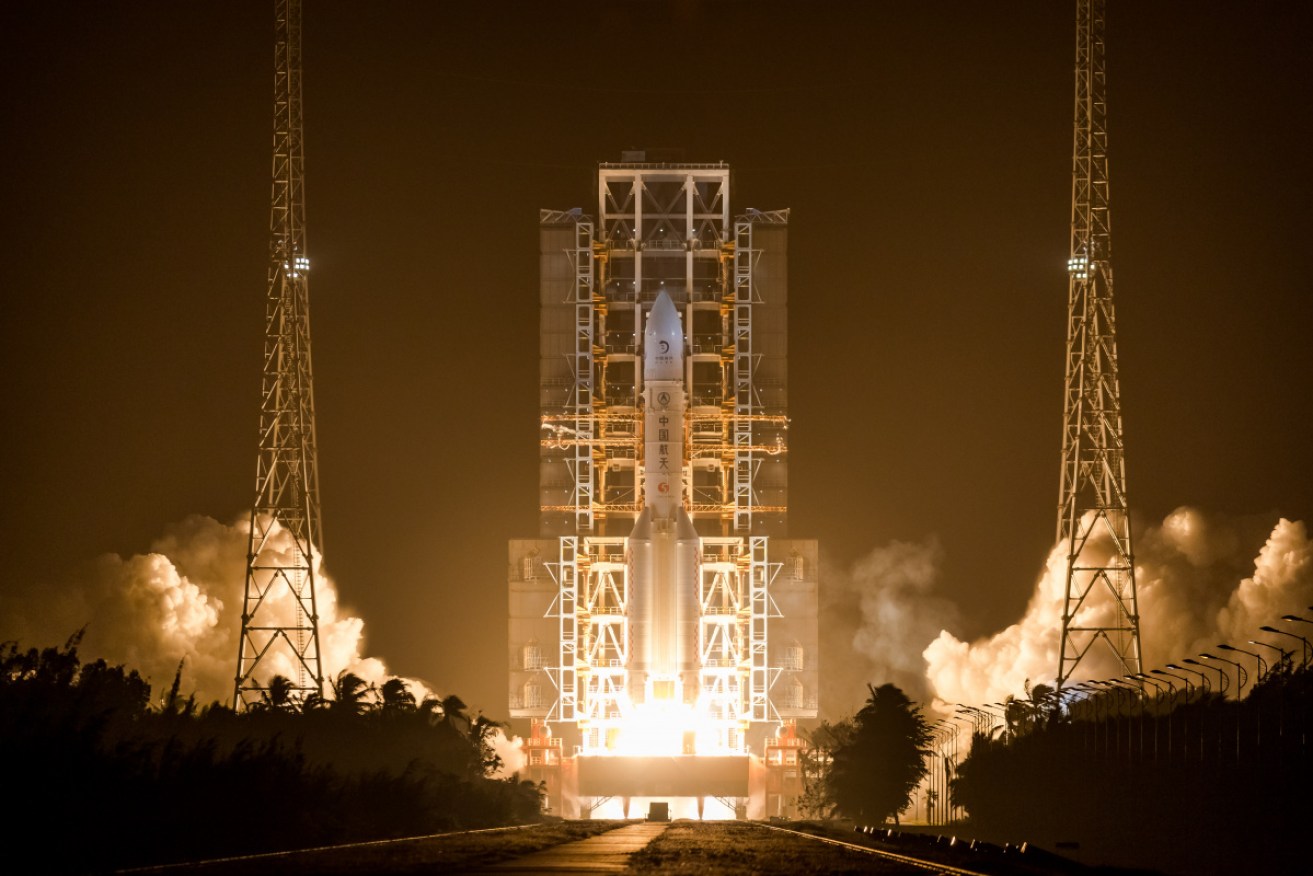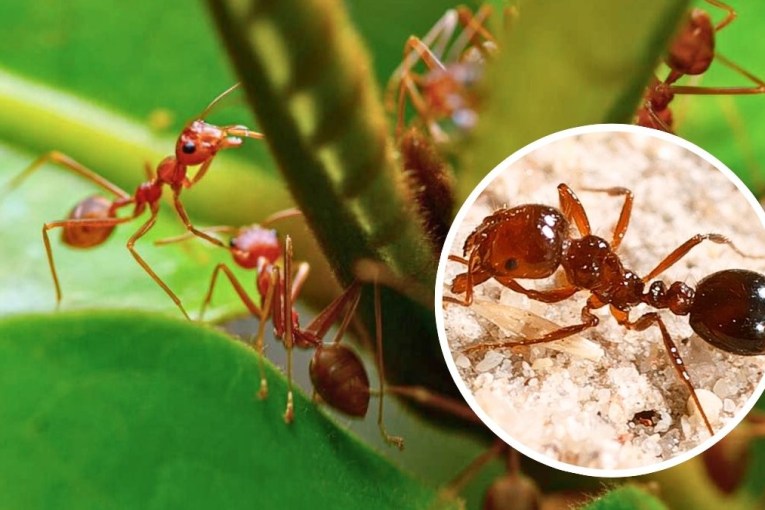China launches mission for moon rocks

The Long March-5 blasts off in the predawn on Tuesday. Photo: Getty
China has launched a robotic spacecraft to bring back rocks from the moon in the first bid by any country to retrieve samples from the lunar surface since the 1970s, a mission that underscores Chinese ambitions in space.
The Long March-5, China’s largest carrier rocket, blasted off at 4.30am on Tuesday (Beijing time) from Wenchang Space Launch Centre on the southern Chinese island of Hainan, carrying the Chang’e-5 spacecraft.
The China National Space Administration called the launch a success and said the rocket flew for nearly 37 minutes before sending the spacecraft on its intended trajectory.
The Chang’e-5 mission, named after the ancient Chinese goddess of the moon, will seek to collect lunar material to help scientists understand more about the moon’s origins and formation. The mission will test China’s ability to remotely acquire samples from space, before more complex missions.
If successful, the mission would make China only the third country to have retrieved lunar samples, joining the US and the Soviet Union.
Upon entering the moon’s orbit, the spacecraft is intended to deploy a pair of vehicles to the lunar surface: A lander and an ascender. The landing is due to take place in about eight days.
The probe is due to be on the lunar surface for about two days, while the entire mission is scheduled to take about 23 days.
The plan is for the lander to drill into the lunar surface, with a robotic arm scooping out soil and rocks. This material would be transferred to the ascender vehicle, which is due to carry it from the surface and then dock with an orbiting module.
The samples then would be transferred to a capsule for the return trip to earth, with a landing in China’s Inner Mongolia region.
The US, which has plans to return astronauts to the moon by 2024, landed 12 astronauts there in its Apollo program over six flights from 1969 to 1972, and brought back 382 kilograms of rocks and soil.
The Soviet Union deployed three successful robotic lunar sample-return missions in the 1970s. The last, the Luna 24, retrieved about 170 grams of samples in 1976 from a region called Mare Crisium.








